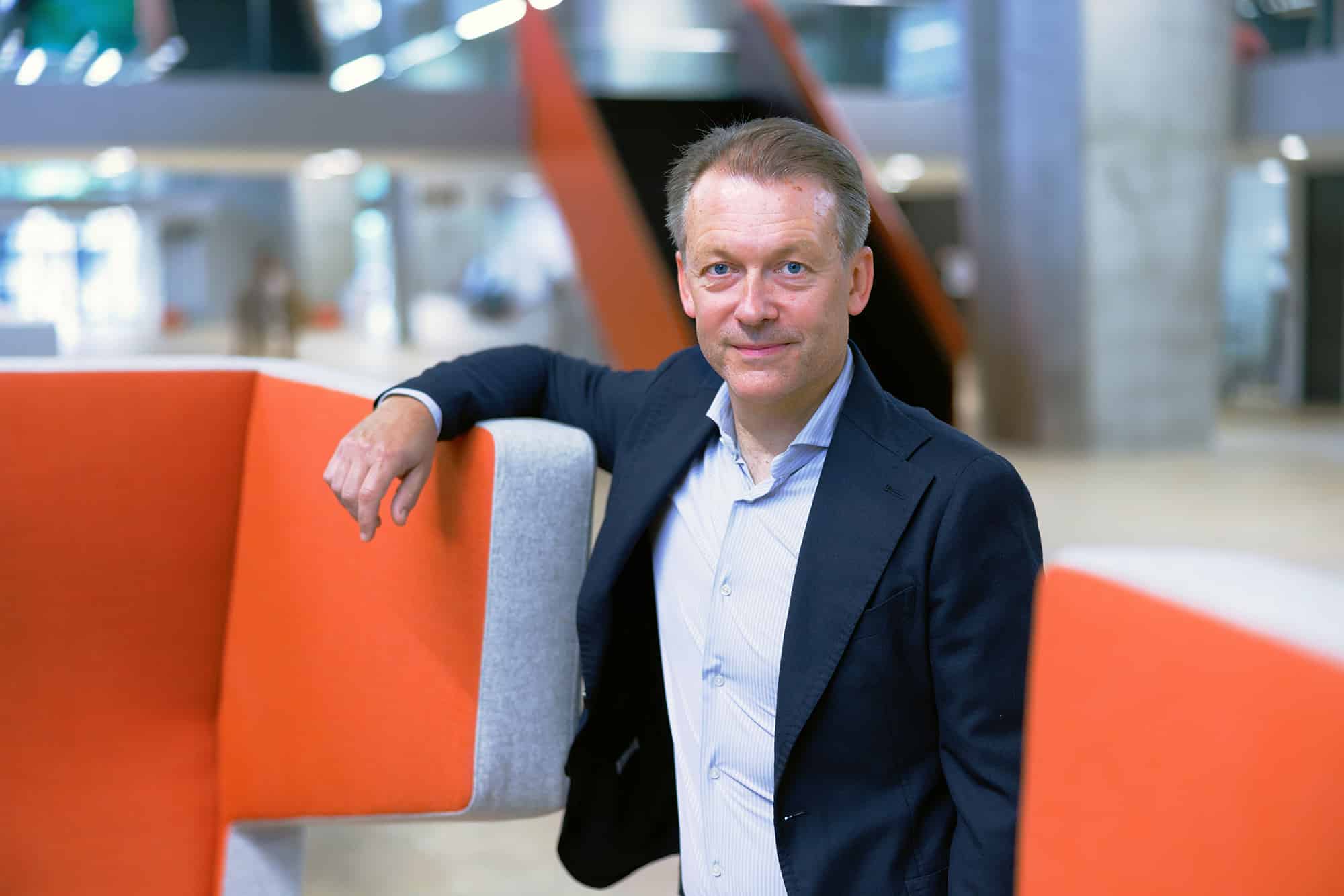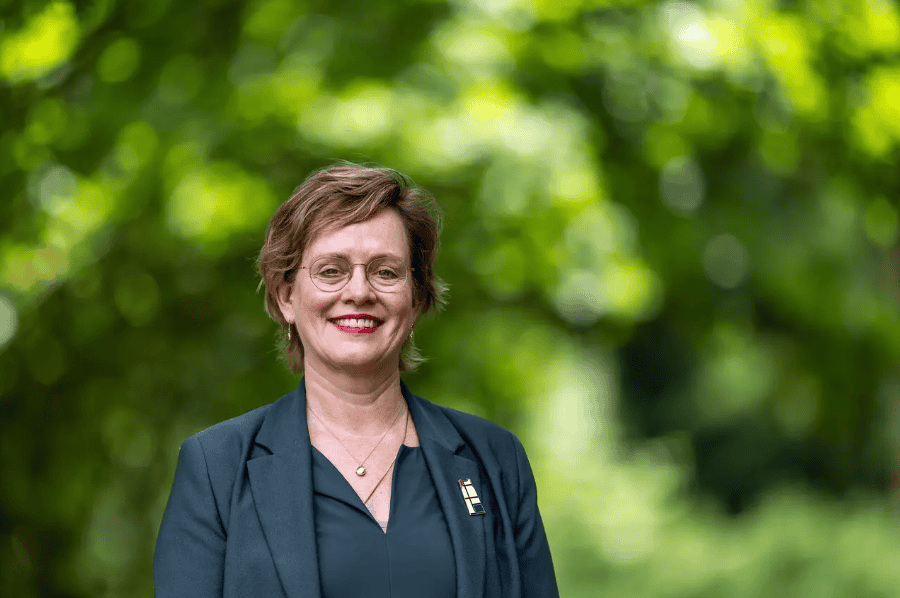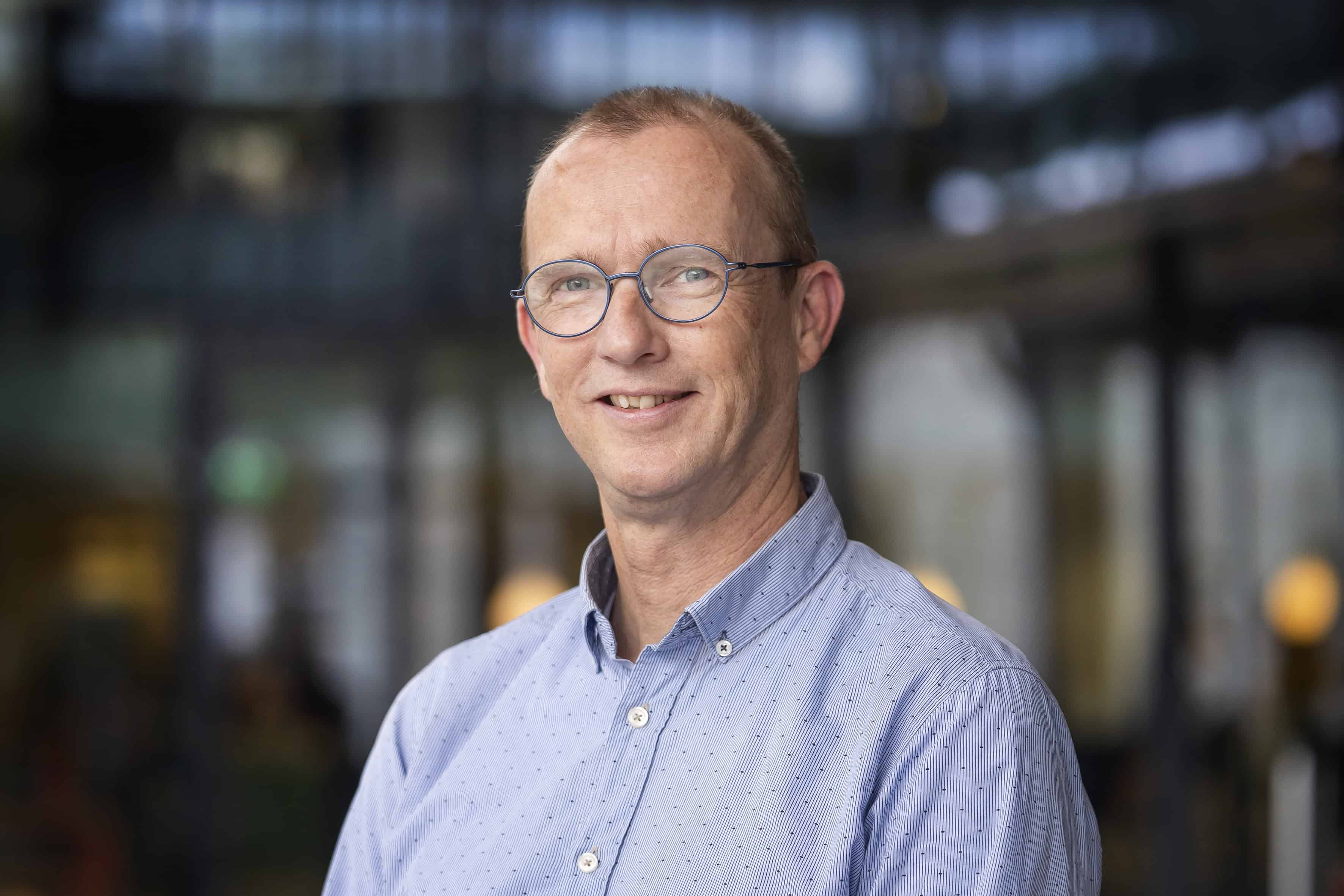
Researchers at Eindhoven University of Technology (TU/e) and the Catharina Hospital in the Netherlands are using artificial intelligence to develop a smart camera that will continuously monitor patients.
The camera is aimed at e.g. patients who have just had surgery but no longer need to stay in intensive care. At present, someone drops by their bedside every six to ten hours to check their breathing and take their pulse. This is usually enough, but constant monitoring would, of course, be even better.
“The camera works on the basis of artificial intelligence,” explains Sveta Zinger of the faculty of Electrical Engineering. “The camera focuses on the patient’s chest and face. That way it can accurately see if there are any changes in facial color or chest movements. These could be an indication of potential complications.”

40 percent of all complications
At Catharina Hospital, approximately 40 percent of all complications and unexpected deaths occur in regular nursing wards. The researchers believe that they will be able to reduce this number through the use of smart cameras.
Zinger: “The camera has been extensively tested in the laboratory over the past few years. This proved that the camera can remotely measure all kinds of vital data, such as heart rate, respiration, temperature and the amount of oxygen in blood. By then using machine learning, we can also interpret that data.”
Clinical experiment
An experiment is now underway in the IC unit at Catharina Hospital to see whether the camera will work in a clinical environment. Ten patients and five healthy volunteers will be followed by the camera for eight hours non-stop. During which time the data will be combined with measurement data from the conventional IC equipment.
Zinger: “This will enable us to train the camera in situations that it is not yet familiar with. Like when there is less light, or when a patient turns their face away.”

Privacy
For those who are not exactly thrilled at the idea of having a camera next to their bed, Zinger emphasizes that patient privacy is paramount. The participants in the study give their express permission. Plus there is a button on each camera that allows the patient to turn off the device if they want to.
In any case, the patients are not recognizable in the images. According to Zinger, the algorithms used garner enough information from anonymised pixels. She also knows from experience that many patients have no problem at all with camera surveillance. That is because they can see the advantages.
Less burdensome
Catharina Hospital itself is also enthusiastic. “Our hospital specializes in cardiovascular diseases and treats a lot of cancer patients. It is particularly important for this group that they are closely monitored. Complications can adversely affect recovery and in some cases can even be fatal,” says anesthesiologist Arthur Bouwman.
Moreover, a camera is less invasive than regular checks with an electrocardiogram, where the patient has electrodes stuck to their body. Or a saturation meter, whereby a clip is slid over the finger to measure the amount of oxygen in the blood. Bouwman: “The patient can – as far as their health permits – easily move around and is not restricted by cables with electrodes. Nothing is more damaging for a patient than lying motionless in bed.”
Five years
The preliminary results of the study are expected this summer. The entire project will eventually take five years to complete. It is an initiative from the Eindhoven MedTech Innovation Center (e/MTIC). The research is subsidized by ZonMw, the Dutch Research Council (NWO), the Dutch Heart Foundation and the Dutch CardioVascular Alliance (DCVA).
Are you interested in more stories about AI and machine learning? Then take a look here.








